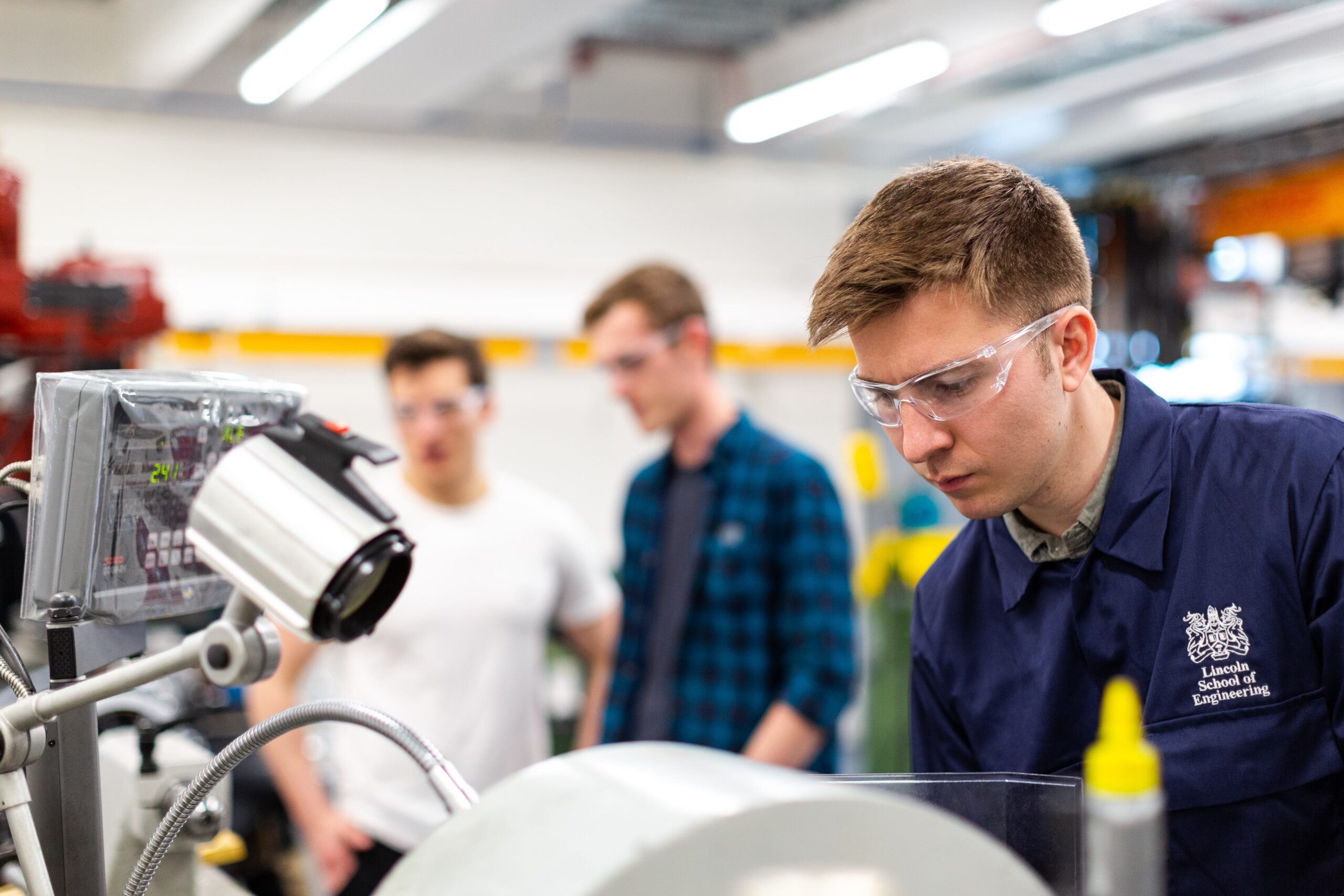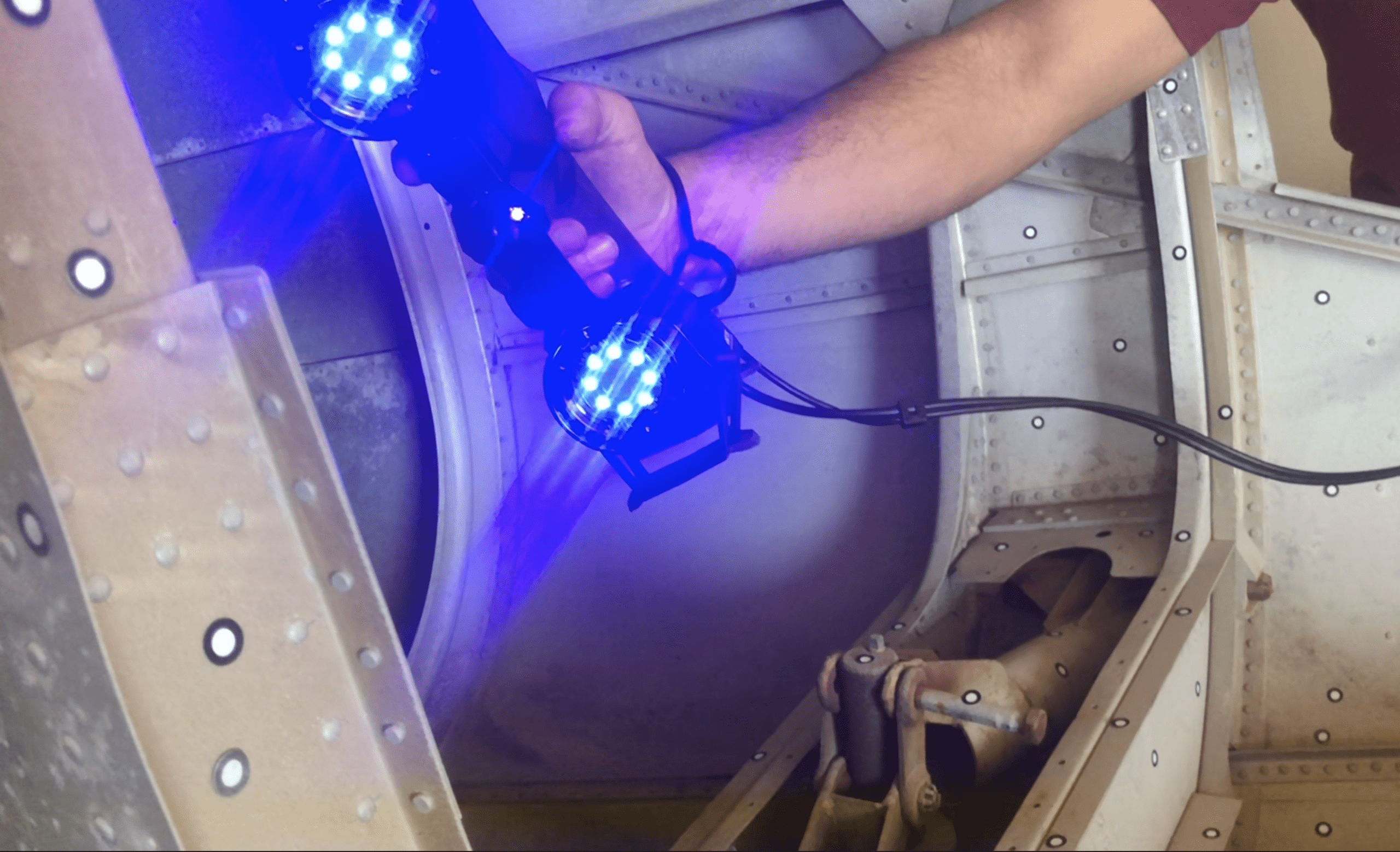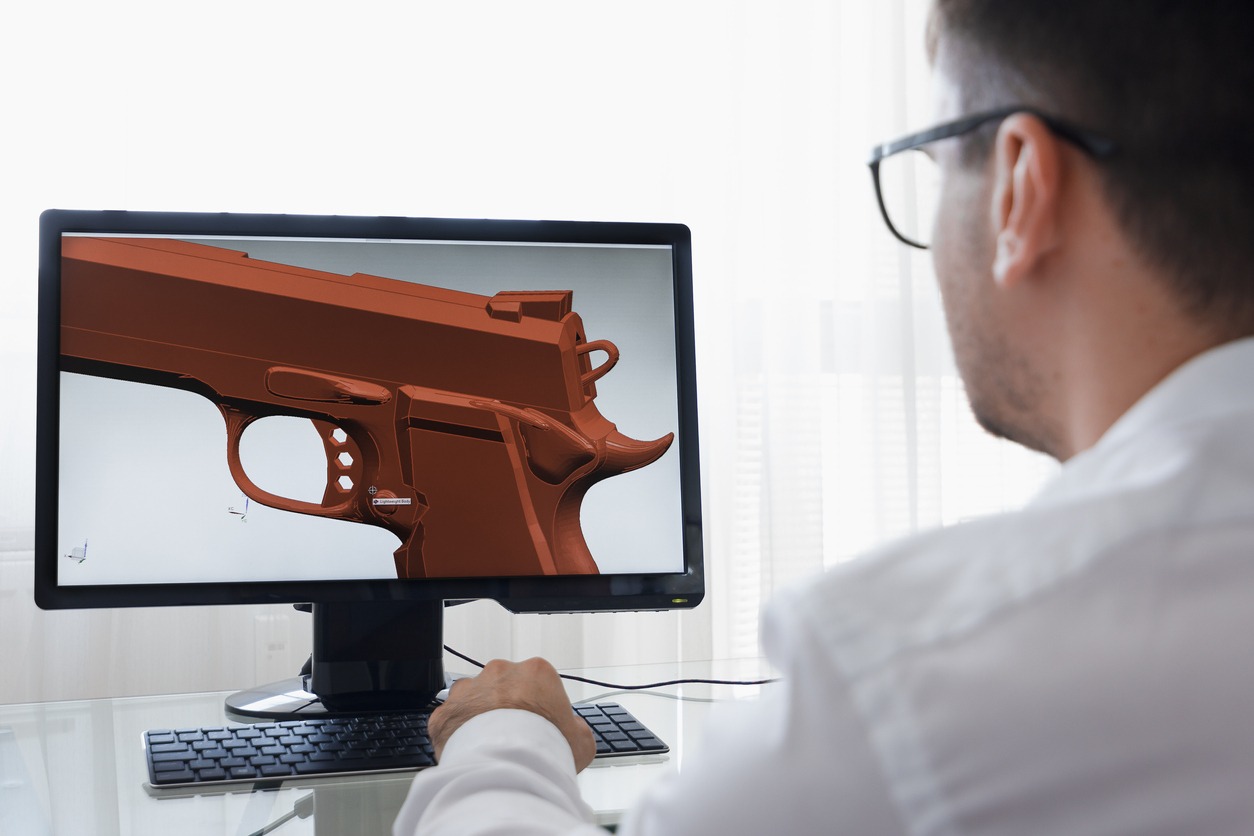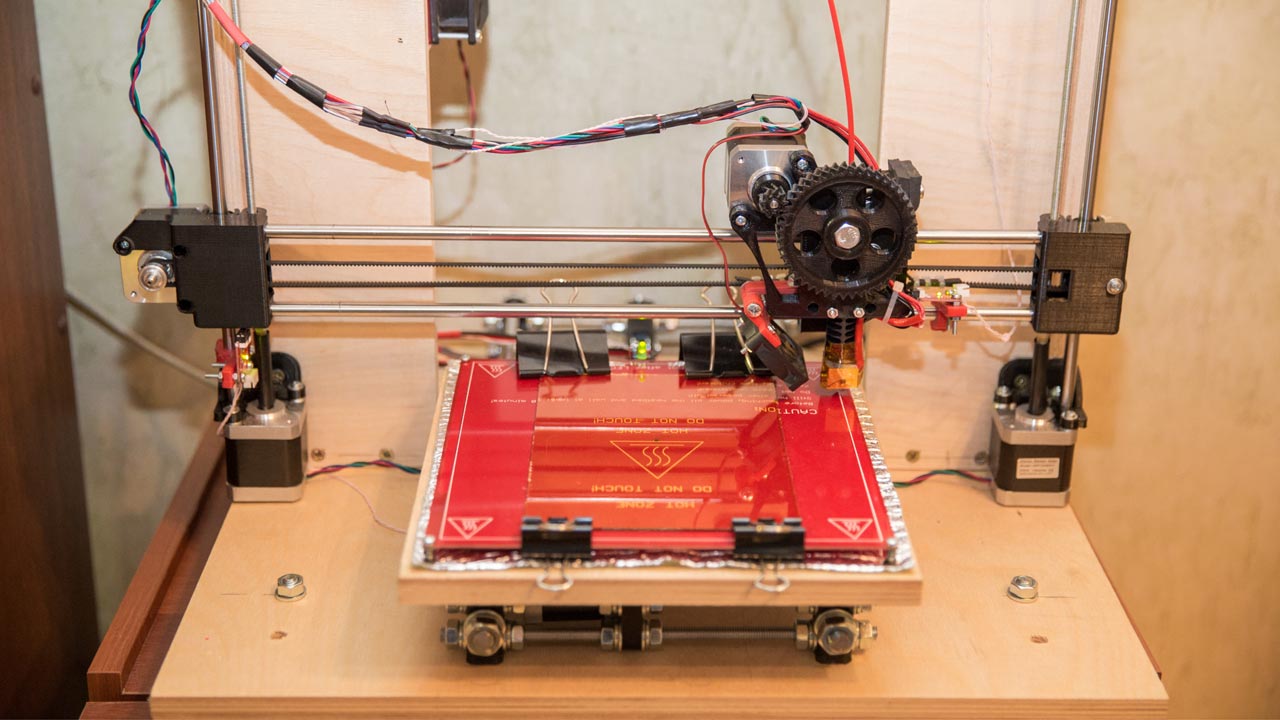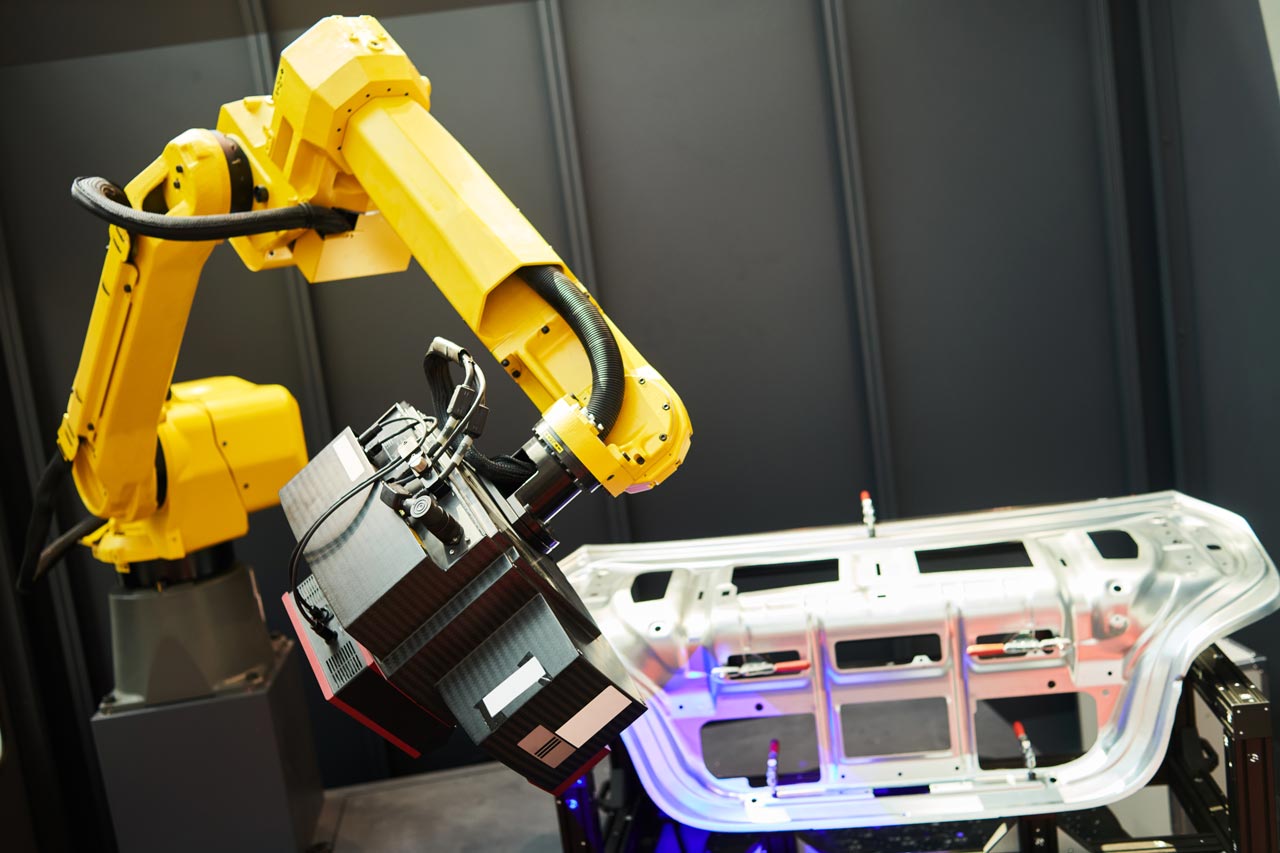The 21st century has brought unprecedented changes to many industrial processes. Technologies like IoT, internet of things – which includes sensor software communication, 3D printing, and 3D laser scanning stand at the forefront, due to their versatility and incredible applications. In a short time span, 3D scanning has established itself as one of the most integral technologies for multiple industries.
3D laser scanning is among the few game changers that are growing at a rapid pace. Experts estimate that by 2025, the market would reach $6.6 Billion with a CAGR of 6.59%. This staggering growth is an impressive feat, and the credit for this growth goes to the versatility of this technology. With the current growth rate and a myriad of industrial applications, the possibilities for 3D scanning are limitless.
What is 3D Laser Scanning?
3D scanning is a digital modeling technique that uses a series of laser scans. It automatically generates realistic digital models of real-world objects, which can be further processed and optimized.
3D scanners either use a laser pointer or a laser line to triangulate the object and a specialized software records the data points where the laser comes in contact with the surface. In a single scan, thousands or more data points are recorded until a complete 3D scan of the object is completed. The total time can range from a few seconds to a few minutes – depending on the size and complexity of the shape.
Overview of the 3D Laser Scanning Process
3D laser scanning requires an elaborate multi-stage process with three phases. Thanks to the advancements in computing technology, the process is now faster than ever.
Three steps of 3D scanning are:
Data Acquisition
3D scanning needs a combination of laser probes, digitizers, and cameras. The laser probe covers the object you want to scan while the camera records the changes in the shape and distance. In order to keep the dimensional inspection as accurate as possible, 3D scanners use several thousand data points to register the slightest changes in the shape.
Data Processing
3D scanning software tools process the data acquired in the previous stage. The computer immediately processes the data points and merges them to make digital 3D models. Various processing tools are available in the market today, and each is suitable for a specific application.
The data processing stage takes place almost in parallel to the dimensional inspection. The speed is dependent on your computing power and the capabilities of the software you choose.
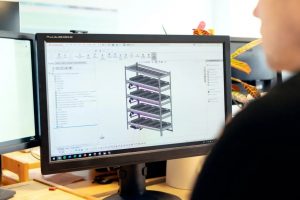
CAD Model Generation
In the final stage, the processed data gives an output in the form of a 3D CAD model. Today, 3D scanning is the fastest and the most accurate way of obtaining digital models for reverse engineering, design optimization, and several other applications.
What Are The Benefits of Using A 3D Scanner?
Similar to many other components of industry 4.0, 3D scanning has a lot of advantages over its alternative methods. Here are the top 5 reasons why you should use 3D scanners.
Faster Design Processes
One advantage of using 3D scanning is the speed and convenience it offers. The closest alternative, CAD design, requires a lot of time to complete an assembly. For more complex shapes, the time required increases even more along with your chances of making a mistake. In the case of 3D scanning, you can get a complete and accurate CAD model of even the most unusual designs in a matter of minutes.
3D scanning can even be helpful when you are designing a new part from the scratch. Many designs use a pre-existing part as their base. Therefore, you can save time by scanning the base part and making the required alterations at a later stage.
Enhanced Quality Control
The accuracy of 3D scanning technology makes it a perfect tool for monitoring and controlling the quality of your design and production departments. With 3D scanning, you can check for deviations from the original designs in a matter of minutes. Many software tools even give you a color map to help identify issues immediately.
Cost-effective and Efficient
The time-saving aspect of the 3D scanning technology makes it a cost-effective option if we ignore the initial setup costs (even those are dropping day by day). Traditionally, companies had to spend a lot of man-hours during the design phase. 3D scanning reduces that time significantly and makes the entire process more efficient.
Apart from that, 3D scanning technology enhances the overall benefits of digitizing your previous designs. Now you can further reduce your inventory and store even the most elaborate designs in the digital format. Something like this would have been quite risky and time-consuming if you relied solely on traditional CAD designing practices.
Improved Accuracy
We have already covered this advantage in the previous sections. However, the improvements regarding metrology are so significant in the case of 3D scanning that it’s crucial to mention it separately. 3D scanning eliminates the chances of human error by automating the entire process. It is generally precise up to 1 micron, which is equal to 0.001 millimeters.
Versatility
3D scanning is among the most versatile modern technologies. From designing toys to designing fighter jets, 3D scanning has revolutionized multiple industries. This versatility has made 3D scanning services a viable business model, as one service provider can easily handle various industries without any significant issues.
Industrial Application of the 3D Scanning Process
Design, Engineering, and Research
Modern engineers and designers spent a considerable amount of time in front of a screen, and 3D scanning can improve their experience. We have already covered how this technology helps designers using an existing object as a base for their new design. Similarly, 3D scanning also assists engineers in working on understanding the properties and functions of an object. 
3D scans today can tell you a lot more than just the shape and dimensions of an object. From investigating the material properties of a composite to the topography of a region, you can do a lot with 3D scans. Drexel University, for instance, is using 3D scanning technology to bring forth new advancements in the fields of Paleontology and Robotics.
Manufacturing Industry
Building on the applications of 3D scanning in the engineering sector, manufacturing is among those sectors where 3D scanning has made the most difference.
From rapid tooling to additive manufacturing, 3D scanning helps manufacturers deliver better results at a faster rate. Moreover, 3D scanning is among the cornerstones of modern concepts like cloud manufacturing, which is considered the next big thing in this sector.
Medicine
Perhaps the most commonly known application of 3D scanning in the medical sector is related to the development of working prosthetics. Both 3D technologies, printing, and scanning have lowered the design times and overall costs by a considerable amount. Check out how this non-profit is using 3D printing and scanning with a global team of volunteers to deliver working prosthetics in more than 100 countries.
Apart from that, 3D scanning has also allowed medical professionals to enhance their scanning processes and come up with new and innovative tests to improve their understanding of the human body.
Archeology
Archeologists and Historians have quickly adopted 3D scanners in their works to classify and analyze historical artifacts. Archiving and sharing items for research have always been a pain-point for Archeologists. Countless items of immense value used to get damaged during transportation. 3D scanning has minimized the damages caused by this issue. Now, researchers can use digital 3D models to study, archive, and even restore some damaged artifacts.
AR/VR and Gaming
Gaming and AR/VR is a booming industry with excellent prospects. It is expected that by 2025, the gaming industry would be worth above $250 billion. Creators are on the lookout for improving the overall experience for their users by incorporating more and more elements from real life. The addition of AR/VR technology, which uses the concepts of 3D scanning, has also played a pivotal role in improving the user experience.

One reason behind the successful incorporation of 3D scanning technology is the availability of low-cost scanners. While these scanners do not hold a candle against industry standards, they are well received by the gaming community. Using these 3D scanners allows gamers to introduce a realistic element in their plays and use motion-capture technology.
Tangent Solutions – Your Resource for 3D Laser Scanning
3D scanning can stimulate tremendous improvements in your existing processes, and the good news is that you can start immediately. A renowned 3D scanning service like Tangent Solutions has the skills and experiences to cater to all your needs and deliver excellence.
Tangent Solutions have a state-of-the-art portable setup, which means that you don’t have to experience the hassle of delivering your objects. For the last 15 years, we have continued to surpass ourselves and build a diverse portfolio of successful projects across various industries.
If you want the best in 3D scanning services and design, click here to contact us today.



